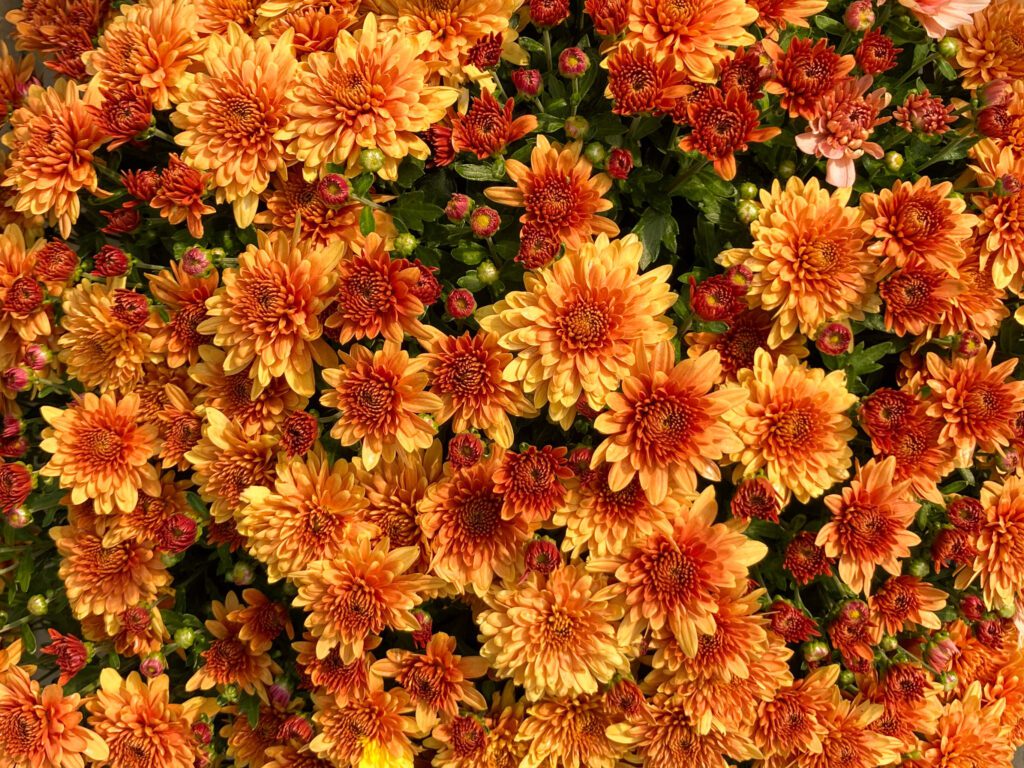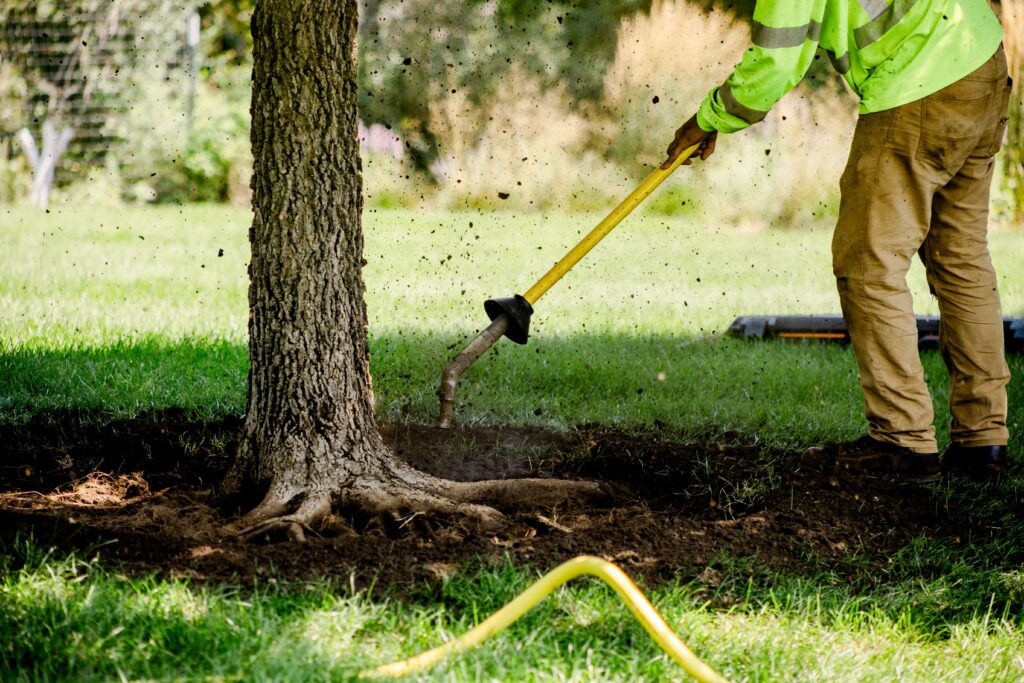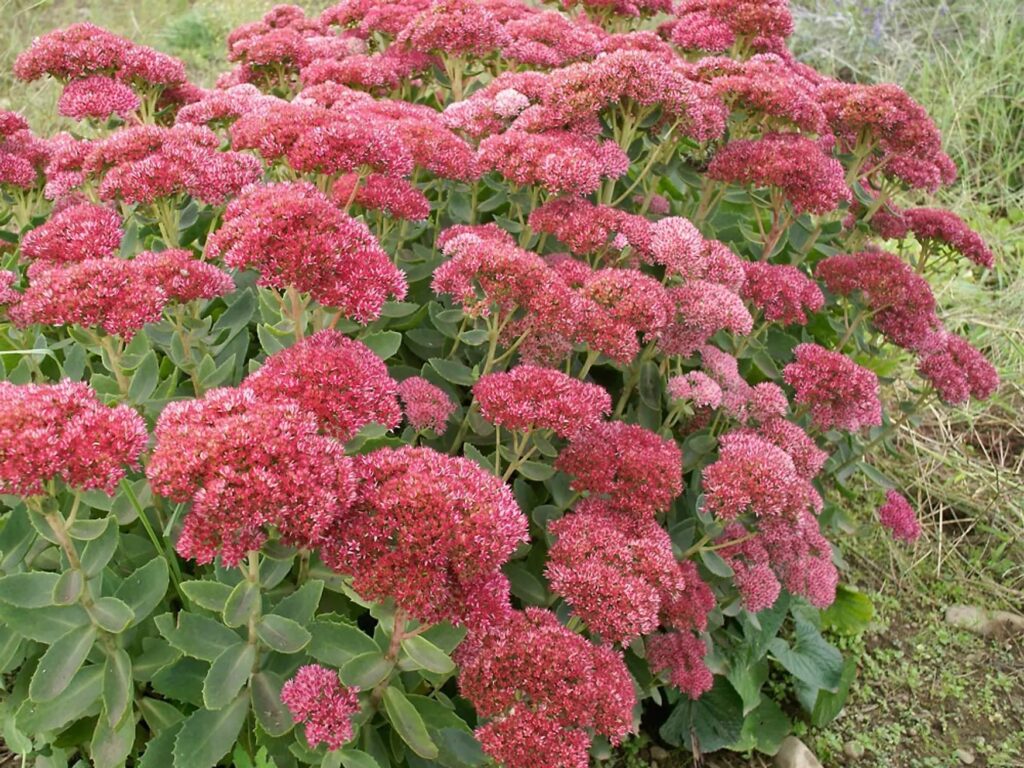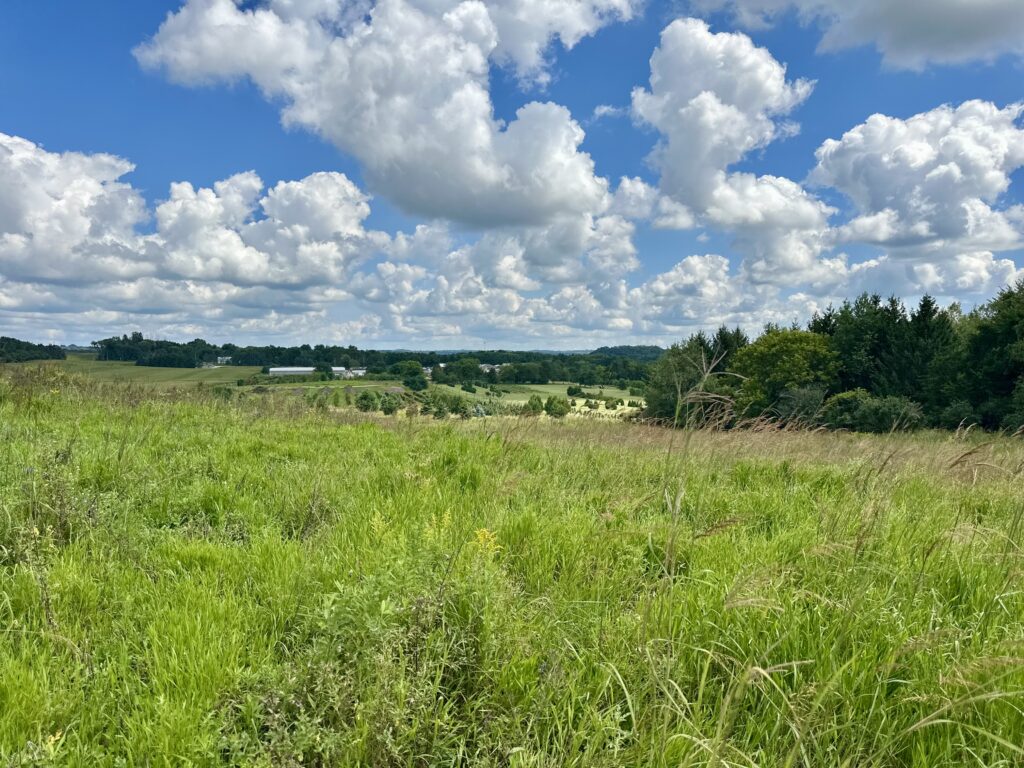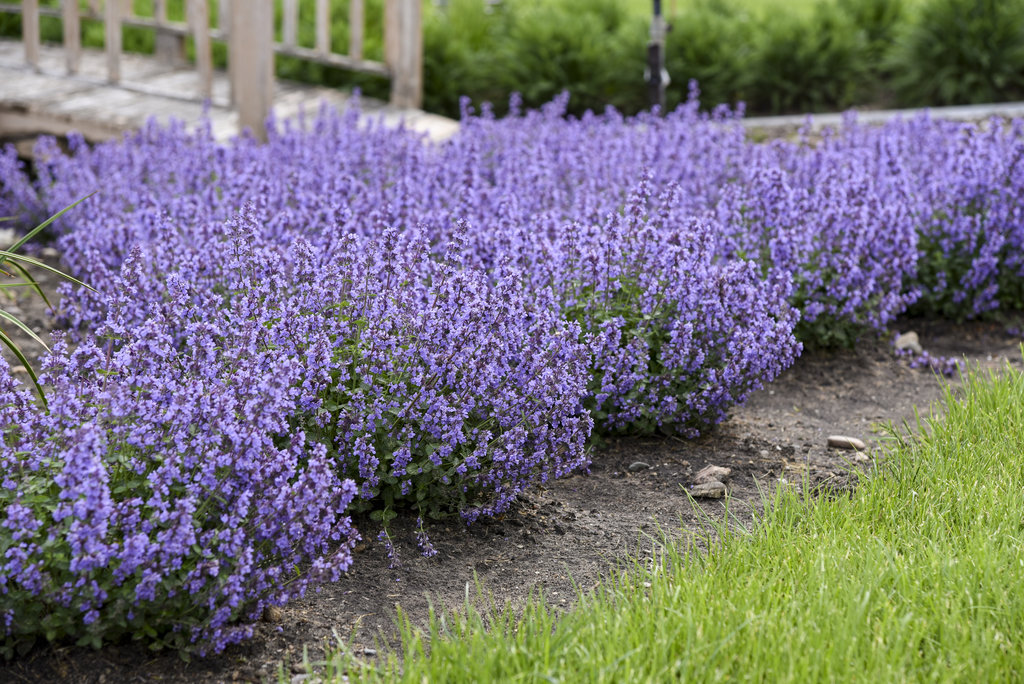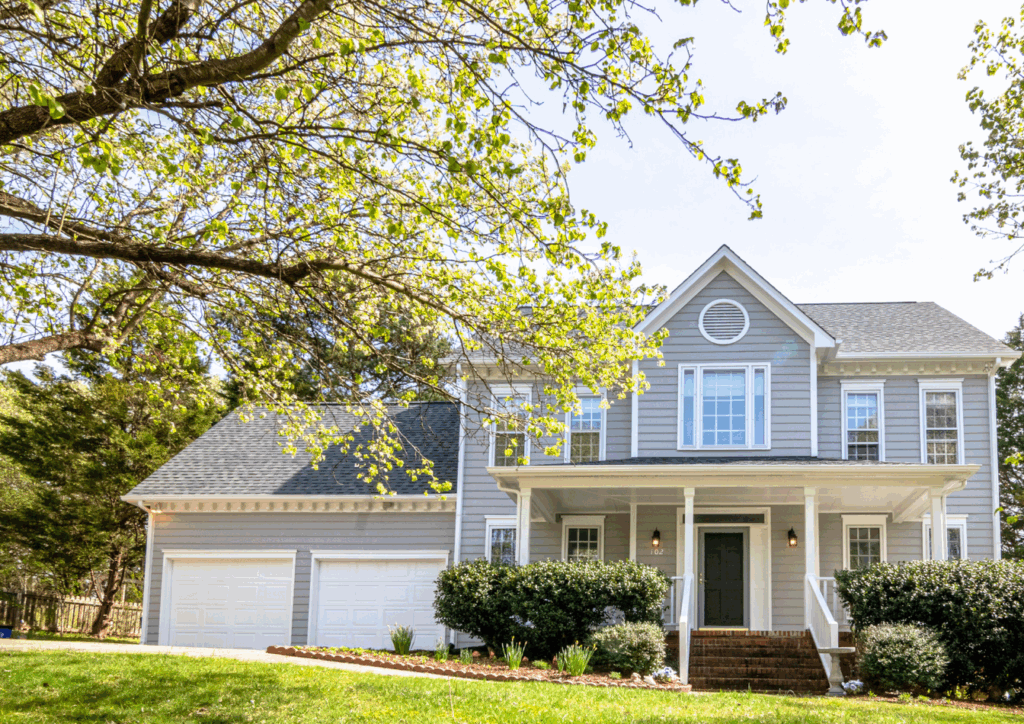Choosing the Right Light for your Houseplants
Knowing what your plants’ needs are and how they grow in nature is one of the first steps to keeping your plants healthy and happy. This includes lighting, moisture, soil, and humidity. When it comes to lighting, you’ll often hear phrases like ‘bright, indirect lighting’. That’s great information as long as you know what that means. Unfortunately, those types of phrases are open to interpretation and not very clear. In this article, we’re focusing on demystifying lighting for your plant babies.
Why do plants need light?
It may be obvious, but all plants need light to survive. Light is how plants produce energy to create food. In short, photosynthesis is a process in which plants absorb water (H2O) and carbon dioxide (CO2) from the air and soil. It then uses sunlight to break down these particles into usable parts. The oxygen is released back into the air (thanks nature!) and the carbon becomes energy for the plant to grow leaves, produce seeds, etc. Some plants have adapted to need less light, while others thrive in more intense lighting.
Enough science for one day? Fair enough. What it means for you is that you need to consider the lighting in your home and choose plants to suit. This is especially true in Minnesota winters when days are short and we can go days without direct sunlight.
Read on for explanations on the different light requirements and what that means to you.
Low Light
Low light means 1-5 hours of light per day, typically in a North facing window. You’ll also want to avoid direct light. So keep your plant at least 7 feet away from the window. During Minnesota winters, many rooms will qualify as low light. If you can’t read a book without turning on a light, it’s a low-light room.
Best Low Light Plants
- Snake Plant
- Homalomena Cameo
- Pothos
- Chinese Evergreen
- Peace Lily


Medium Light
Medium light means 4-6 hours of light per day. Most plants will do better in an east-facing window because the morning sun is less intense. As we said before, Minnesota winters bring shorter days, but they also bring less intense light. So during these low-light months, moving plants to west windows is often perfectly acceptable.
Best Medium Light Plants
- Hoya
- Dracaena
- Maranta and Calathea
- Dieffenbachia
- Schefflera
- Ferns
- Pothos
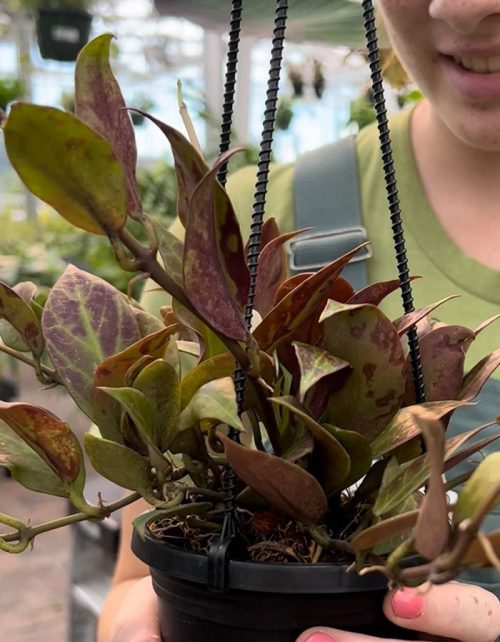
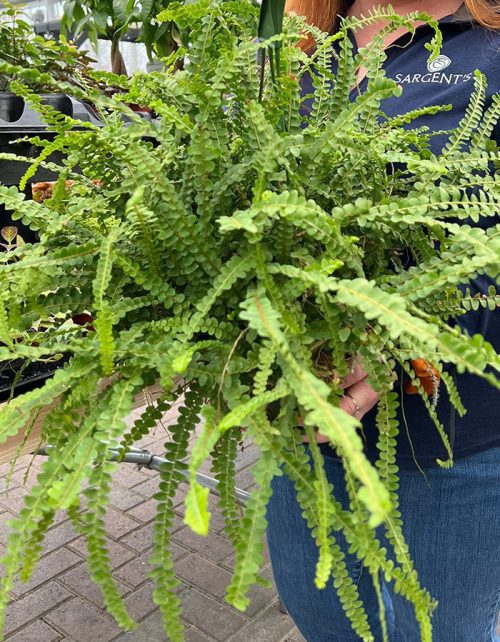
Medium-Bright Light
Medium-bright light means 6+ hours of light per day. West-facing windows are your best choice here as the afternoon sun is more intense. You could also use a South-facing window so long as you keep the plant several feet back.
Best Medium-Bright Light Plants
- Zebra Plant
- Parlor Palm
- Philodendrons
- Monstera
- Aloe
- Spider Plants
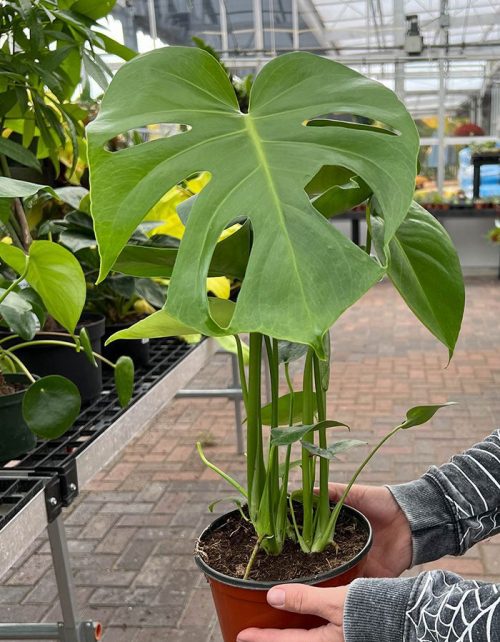
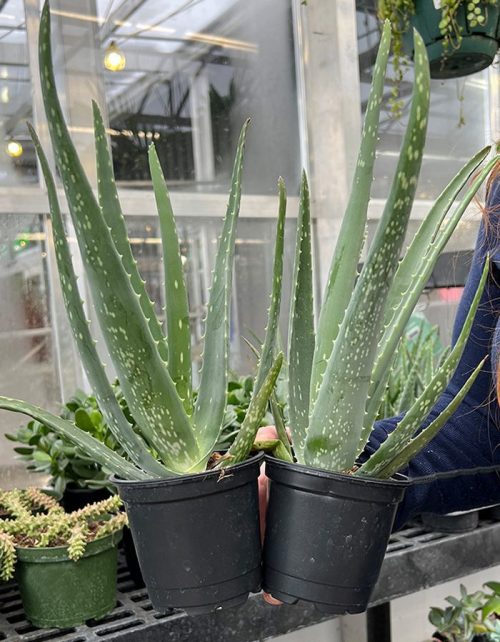
Bright Light
Bright light means 8+ hours of light per day. A South-facing window is the best choice for plants needing bright light. Plants in this category will often require direct, or in-direct light. Pay close attention to this distinction. For plants needing in-direct light, keep it 5+ feet away from the window, or use a sheer curtain. For plants preferring direct light, keep the plant directly in front of the light source. Plants in this category are often extra sensitive to cold temperatures, so be sure that the window is not drafty.
Best Bright Light Plants
- Fiddleleaf Fig
- Pilea
- Succulents
- Cacti
- Tradescantia
- Birds of Paradise
- String of Hearts
- Ficus Audrey
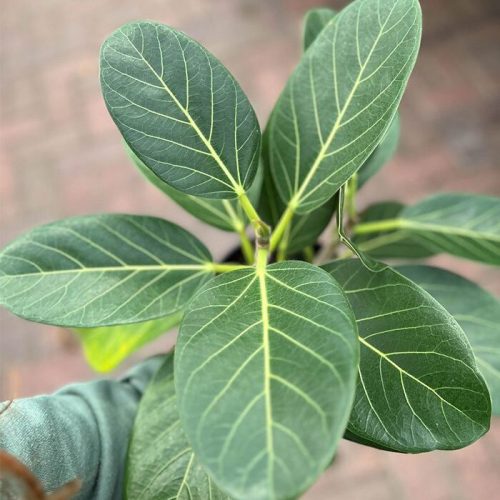
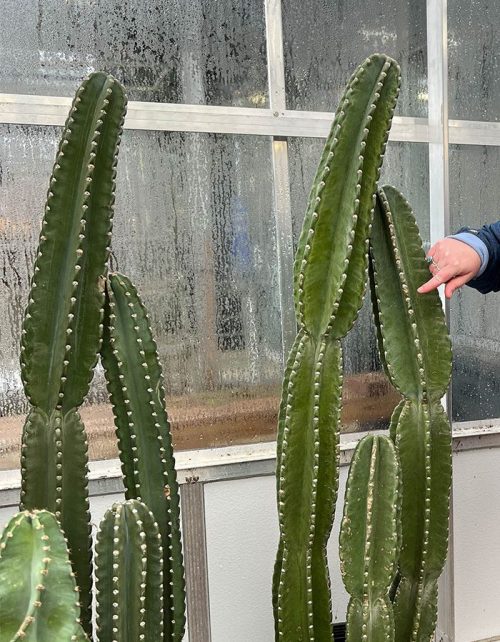
Artificial Light
It’s great if we have a home or apartment with lots of windows that gets flooded with natural light. But many of us have places, such as an office or a North-facing bedroom, that don’t get very much light at all. In these cases, artificial light is a perfectly acceptable substitute. It’s difficult to provide ALL the light a plant needs with artificial lights, but they can definitely help add some intensity or extend the daylight hours. We won’t get into specific fixture recommendations because the choices are nearly endless. But Sargent’s is fully stocked on artificial lighting solutions. Many LED options are available in today’s market offering high quality light without spiking your electric bill.
Hopefully, that cleared up some confusion! Keep in mind that Minnesota winters can be rough on our tropical houseplants. Quality light can be hard to find during our grey, overcast winters. Don’t be afraid to experiment with placement and move plants from their summer homes into a sunnier spot during the winter months. Happy planting!
Recent Blog Posts

